Britain’s seven covert wars: An Explainer
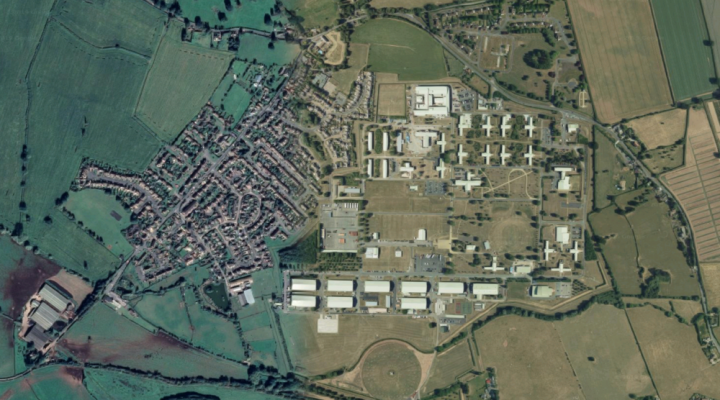
By Mark Curtis and Matt Kennard- The United Kingdom is fighting at least seven covert wars largely outside parliamentary or democratic oversight.
The British government states that its policy on the covert wars it fights is “not to comment, and to dissuade others from commenting or speculating, about the operational activities of special forces because of the security implications”.
The British public’s ability to scrutinise policy is further restricted by the UK’s Freedom of Information Act which applies an “absolute exemption” to its special forces.
UK special forces consist of a number of regiments, but the Special Air Service (SAS), a unit of the British army, is the most renowned. Based at RAF Credenhill, just outside Hereford in western England, it is rumoured to have about 500 personnel.
This explainer outlines what is known of these covert wars, which is likely to represent only a small part of actual UK military operations in these countries. Nearly all the leaks which appear in the mainstream media are officially sanctioned and have been further approved by the Ministry of Defence’s DSMA Committee, which seeks to prevent material deemed damaging to the national security interest from being published in the media.
Afghanistan
The SAS has fought in Afghanistan since 2001, longer than any war in the regiment’s history, according to some sources.
The public was told at the end of 2014 that British forces had withdrawn from Afghanistan. However, some British troops stayed behind to help create and train an Afghan special forces unit. Despite officially only having “advisers” in the country, British covert forces have consistently foughtIslamic State and the Taliban.
By 2018, the SAS was reportedly fighting almost every day in Afghanistan, usually in support of Afghan commandos leading the battle against the Taliban.
In February 2018, Britain doubled the size of its SAS force in Afghanistan from about 50 to more than 100. One newspaper reported at the time:
“The commandos will conduct kill-or-capture missions alongside US special forces and come under the command of the American-led Joint Special Operations Command. Part of the force will be made up of 15 snipers who will be part of a specialist unit tasked with killing Taliban commanders.”
In July 2018, “dozens” more special forces troops were sent to Afghanistan as part of a contingent of 490 extra soldiers deployed to join the almost 650 already there.
By March 2019, the Pentagon was asking British special forces to play a key role in counter-terrorist operations in Afghanistan. This followed US President Donald Trump’s decision to pull US troops out of the country. It was also reported that a contingent of the Special Boat Service (SBS) is operating in central and eastern Afghanistan.
In 2014, the government stated that it had ended its drone strikes programme in Afghanistan, which had begun in 2008 and covered much of the country. It is believed that all British Reaper drones were withdrawn from Afghanistan by the end of 2014. Yet in 2015, British special forces were still calling in airstrikes using US drones instead.
Overall, British troops in Afghanistan numberedabout 1,000 by mid-2019.
Iraq
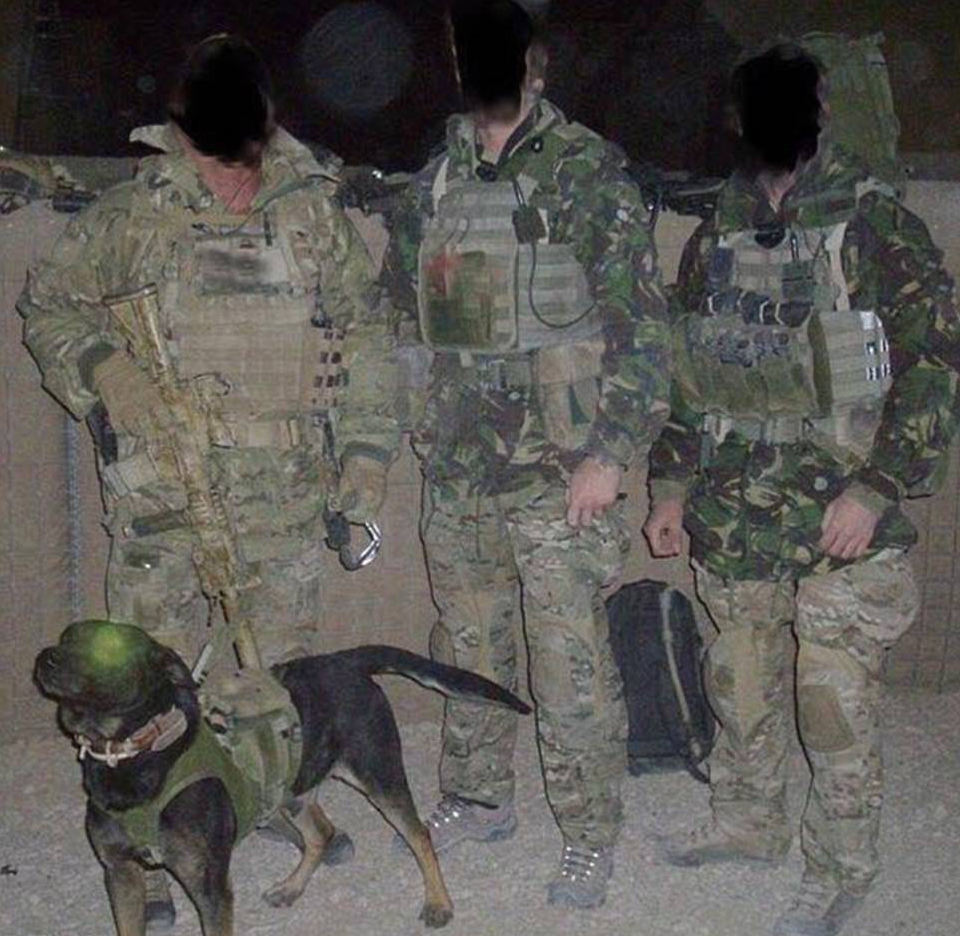

Hundreds of British troops have been deployed in Iraq to train local security forces. But they are also engaged in covert combat operations against Islamic State.
In early 2016, Britain reportedly had more than 200 special forces soldiers in the country, operating out of a fortified base within a Kurdish Peshmerga camp near Mosul in northern Iraq. In May 2016, special forces were given the green light to conduct covert parachute assaults involving SAS and SBS commandos being sent in to support Kurdish and Iraqi troops fighting Islamic State, with small vehicles, heavy machine guns and mortars.
The SAS in Iraq was also reported in 2016 to have been given a “kill or capture” list of up to 200 UK citizens who had joined the Islamic State group.
By May 2019 about 30 SAS and SBS troops were reported to be working on a “kill or capture” mission to hunt down Islamic State leader Abu Bakr al-Baghdadi in Iraq. They were said to be operating from a special forces HQ north of Baghdad and teaming up with US special forces. The search for al-Baghdadi reportedly involved MI6, UK listening station GCHQ and the American National Security Agency.
British Reaper drones were first deployed over Iraq in 2014 and continue to fly. From then until March 2019, UK drones conducted 1,384 missions in Iraq, releasing 666 weapons.
Libya
SAS forces were secretly deployed to Libya at the beginning of 2016, working with Jordanian special forces embedded in the British contingent. This followed a mission by MI6 and the Royal Air Force in January 2016 to gather intelligence on Islamic State and draw up potential targets for airstrikes.
Some 100 British special forces were said to be operating in Libya in early 2016, helping to protect government officials and advising Libyan forces on fighting Islamic State. The Libyan Expressreported that “British and American intelligence officers ‘with suitcases full of cash’ are bribing tribal leaders not to oppose an international ground force” in the country.
British commandos were soon also engaged in fighting and directing assaults against Islamic State in Libya. They also ran intelligence, surveillance and logistical support operations from a base in the western city of Misrata.
A team of 15 British special forces were also reported in June 2016 to be based in a French-led multinational military operations centre in Benghazi, eastern Libya, supporting Libyan general Khalifa Haftar. In July 2016, Middle East Eye reported that this British involvement was intended to help coordinate airstrikes in support of Haftar, whose forces are opposed to the Tripoli-based government that Britain is otherwise supporting. It was unclear why.
In 2017, eight members of the SBS — supported by 40 British specialists — were deployed with US, French and Italian forces “to deny Islamic State any opportunity to establish a base in Libya”.
A Libyan anti-terrorism official was quoted as saying in May 2019 that the UK was co-operating with the Libyan government in “surveilling and fighting terrorists”. In the same month, an SAS unit was evacuated by the RAF following the rapid advance of Haftar’s forces in the cities of Tobruk and Tripoli.
Pakistan


The UK has been a co-party to the US’s extensive drone campaign in Pakistan. The UK spy base at Menwith Hill in Yorkshire has facilitated US drone strikes against jihadists in Pakistan, with Britain’s GCHQ providing “locational intelligence” to US forces for use in these attacks.
RAF pilots at Creech Air Force Base in Nevada have been involved in these US drone operations in Pakistan (and Afghanistan) which have killed hundreds of civilians. The role of these pilots is unclear but, Amnesty International notes, “this does raise concerns that UK pilots under US command may have been ordered to carry out drone strikes and could therefore implicate them in these violations”.
US drone strikes continue in Pakistan, although at much lower levels than in previous years, and the UK role in them remains obscure.
Somalia
A small contingent of SAS troops has been trainingand advising Kenyan security forces and providing intelligence to help Kenya in its efforts against al-Shabaab in Somalia, including to capture its leaders.
In 2012, it was reported that the SAS was working on the ground in Somalia with Kenyan forces to target al-Shabaab terrorists. This involved up to 60 SAS soldiers, close to a full squadron, including forward air controllers who called in airstrikes by the Kenyan air force, which also employs a number of ex-RAF pilots.
In early 2016, Jordan’s King Abdullah, whose troops have operated with UK special forces for the war against Bashar Assad in Syria and whose special forces were planned to be embedded with the UK’s in Libya, said that his troops were also ready with Britain and Kenya to go “over the border” to attack al-Shabaab in Somalia.
By April 2016 it was reported that the SAS had a 10-strong team in Somalia, based at a camp north of Mogadishu, which was engaged in “regular skirmishes” with al-Shabaab and was also training Somali soldiers. The SAS team was also working with US Delta Force directing airstrikes against the insurgents by US jets based in Djibouti.
The British government said in May 2016 that it had 27 military personnel in Somalia. These troops were said to be supporting the UN, EU and African Union training missions in Somalia which were set up to counter al-Shabaab and were “developing” the Somali national army.
The Menwith Hill base in Yorkshire has also facilitated US drone strikes against jihadists in Somalia (as they have in Pakistan), with Britain’s GCHQ similarly providing “locational intelligence”to US forces for use in these attacks.
Syria
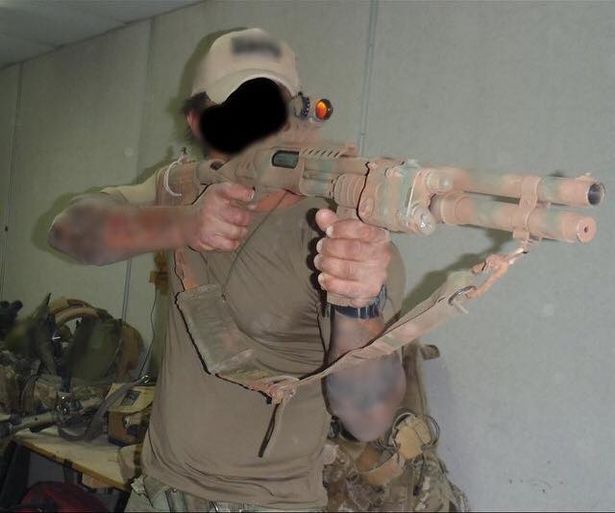

Evidence suggests that a British covert operation in Syria began in late 2011. By November of that year, MI6 and French special forces were reportedly assisting Syrian fighters and assessing their training, weapons and communications needs. The CIA, meanwhile, was providing communications equipment and intelligence.
Britain also became involved in the “rat line” of weapons delivered from Libya to Syria via southern Turkey. This was authorised in early 2012 following a secret agreement between the US and Turkey. Revealed by journalist Seymour Hersh, the project was funded by Turkey, Saudi Arabia and Qatar while “the CIA, with the support of MI6, was responsible for getting arms from Gaddafi’s arsenals into Syria”.
British and US covert operations were focused on toppling the Assad regime in the first few years of the war. Britain began training Syrian rebel forces fighting Assad from bases in Jordan in 2012. At the same time, the SAS and SBS also began “slippinginto Syria on missions”.
No evidence appears to have emerged of British training of Syrian rebels to fight Islamic State in Syria before May 2015, when Britain sent 85 troopsto Turkey and Jordan to train rebels to fight both Islamic State and Assad. By July 2015, Britain was training Syrians in Saudi Arabia, Turkey, Jordan and Qatar to fight Islamic State, but the war against Assad also continued. As part of a US-led training programme, British special forces provided training, weapons and other equipment to the New Syrian Army, comprised of defectors from the Syrian army.
In 2015, British special forces were “mounting hit-and-run raids against Islamic State deep inside eastern Syria dressed as insurgent fighters”. They were reported to “frequently cross into Syria to assist the New Syrian Army”, from their base in Jordan.
Turkey also offered a base for British military training. In 2015, for example, Britain deployedseveral military trainers to Turkey as part of the US-led training programme in Syria. This programme was providing small arms, infantry tactics and medical training to rebel forces.
British aircraft began covert strikes against Islamic State targets in Syria in 2015, months before Parliament voted in favour of overt action in December 2015. These strikes were conducted by British pilots embedded with US and Canadian forces.
In September 2016, UK forces were involved in US-led airstrikes against targets in Syria which killed more than 60 Syrian troops. These strikes were part of a battle against Islamic State in Deir Ezzor in eastern Syria which the US and UK claimed they were targeting and had hit Syrian army targets accidentally. In June 2018, the RAF targetedSyrian army forces near the border with Iraq and Jordan in close proximity to a UK/US special forces base.
Some 200 UK troops were in Syria in early 2018, consisting of the SAS, Parachute Regiment and Royal Marines which together make up the Special Forces Support Group. They were working alongside the Kurdish-led Syrian Democratic Forces.
In March 2018, Matt Tonroe, an SAS soldier embedded with US forces, was killed in the northern city of Manbij, fighting with local Kurdish troops against Islamic State. SAS sources claimed that those who planted the bomb which killed Tonroe could have belonged to the Free Syrian Army. However, a media investigation in 2019 revealed that Tonroe was killed by “friendly forces” after an accidental detonation.
British special forces continue to operate on the ground in Syria in 2019 and are reported to number at least 120 soldiers.
Britain has also been operating a secret drone warfare programme in Syria which began in 2014. From then until March 2019, UK drones conducted1,801 missions in Syria, releasing 304 weapons. In 2017, Reaper drones killed two British Islamic State militants in Syria, again before parliament approved military action.
Yemen
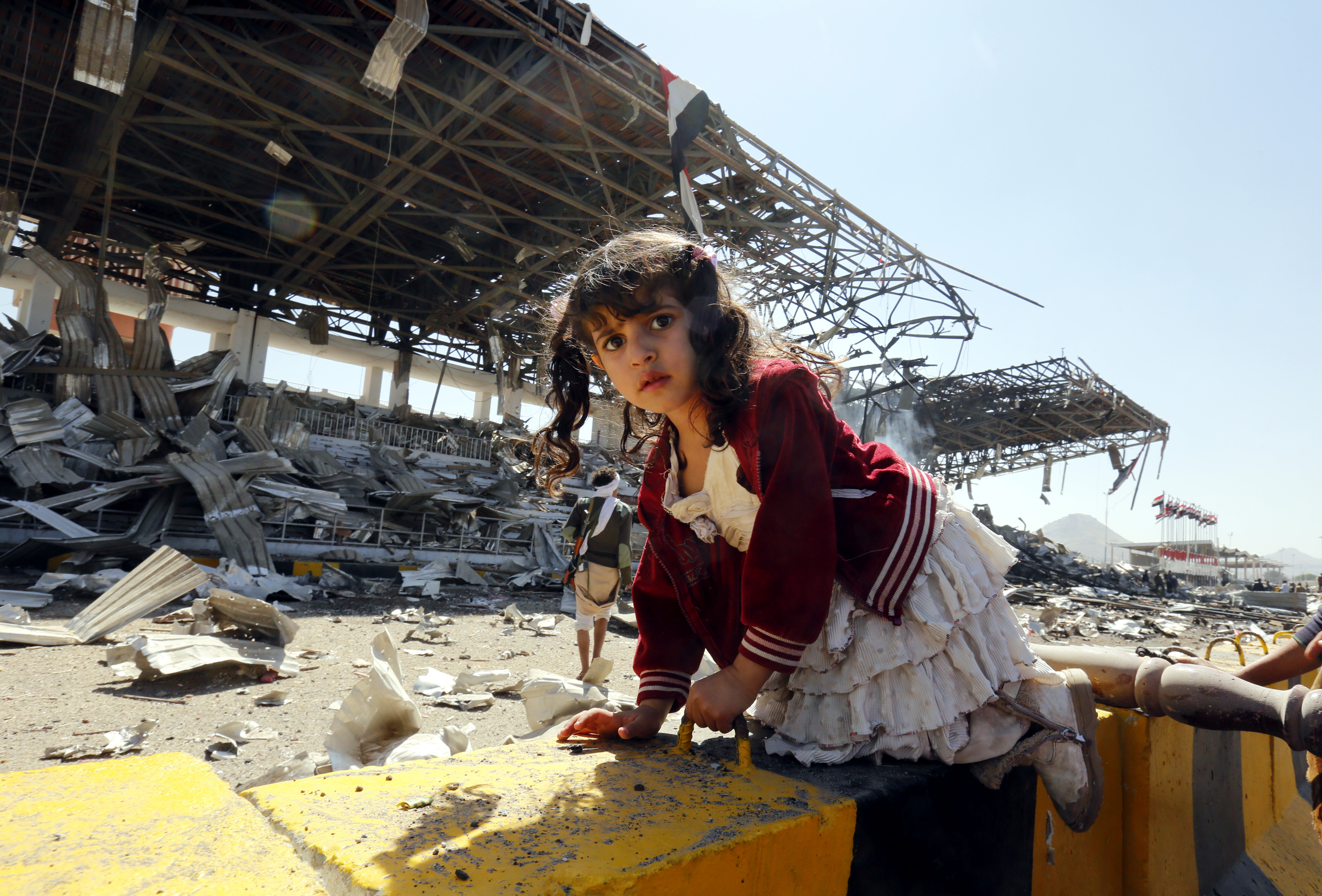

The government previously claimed it had no military personnel based in Yemen. Yet a ViceNews report in 2016 based on interviews with UK officials revealed that British special forces were in Yemen. They were, in fact, seconded to MI6, which was training Yemeni troops fighting Al Qaeda in the Arabian Peninsula (AQAP) and had infiltrated AQAP.
Vice News also revealed in 2016 that British military personnel were helping with US drone strikes against AQAP. Britain was playing “a crucial and sustained role with the CIA in finding and fixing targets, assessing the effect of strikes and training Yemeni intelligence agencies to locate and identify targets for the US drone programme”. UK officials, the report said, were taking part in “hits”, preparing “target packages” and participating in a “joint operations room” with US and Yemeni forces in support of strikes.
The Menwith Hill base in Yorkshire facilitates US drone strikes in Yemen, as shown in files from Edward Snowden revealed by The Intercept in 2016. Documents show that the US National Security Agency has pioneered groundbreaking new spying programmes at Menwith Hill to pinpoint the locations of suspected terrorists accessing the internet in remote parts of the world. This role for Menwith Hill was denied for years by the UK government.
In November 2017, it was revealed that the British Army was secretly training Saudi troops to fight in Yemen. It was reported that up to 50 UK military personnel were in Saudi Arabia teaching battlefield skills. The training mission — codenamed Operation Crossways — came to light only after the army released photos and information by mistake. The training was undertaken by UK troops from the 2nd Battalion of the Royal Regiment of Scotland who were imparting “irregular warfare” techniques to officers from the Royal Saudi Land Forces Infantry Institute.
In January 2019, a 12-man US/UK special forces task force, comprising the SAS and the US Green Berets, was flown into Yemen from Djibouti. The soldiers were dressed in Arab clothing and were reported to be operating near the government-held town of Marib, 500 miles north of Aden.
By March 2019, 30 SBS personnel were deployedinside Yemen, based in the Sa’dah area of the northern part of the country. The SBS force includes medics, interpreters and intelligence officers and their mission is to “advise” official Saudi and Yemeni government troops. However, the media has reported that these SBS forces have also been involved in fierce clashes with militia groups. An SBS spokesperson has said that British soldiers have been injured in “firefights”.
More on the UK’s drone wars
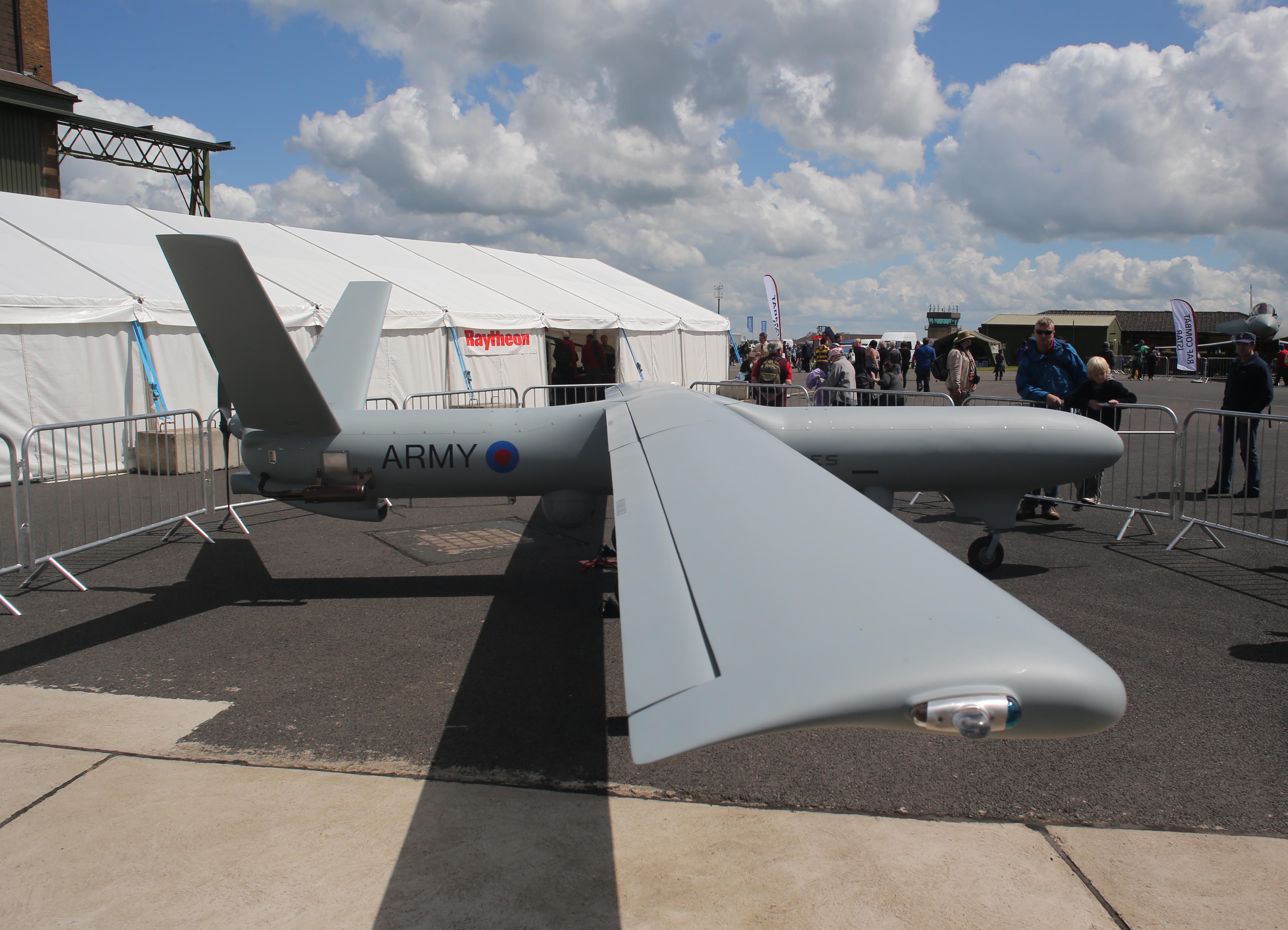

The UK has been recently involved in drone strikes in at least six countries: Afghanistan, Iraq, Pakistan, Somalia, Syria and Yemen. Its squadron of 10 Reaper drones is controlled remotely by satellite from RAF Waddington in Lincolnshire and by RAF aircrew at Creech Air Force Base in Nevada, US.
The RAF’s secret drone war began in Afghanistan in October 2007 and elsewhere in 2014. The NGO Reprieve notes that Britain provides communications networks to the CIA “without which the US would not be able to operate this programme”. Reprieve says that this is a particular matter of concern as the US covert drone programme is illegal.
UK personnel have been embedded within US units and form part of US drone operations. UK personnel flew US drones (Predators) during Operation Ellamy, the codename for the UK’s participation in the military intervention in Libya in 2011. UK personnel embedded with the US Air Force have also operated US armed and unarmed drones in Afghanistan and Iraq.
In July 2018, a two-year probe by the All Party Parliamentary Group on Drones revealed that the number of drone operations facilitated by the UK in Iraq, Syria, Yemen, Pakistan and Somalia has been growing without any public scrutiny. The drone strategy also involved working with repressive regimes including the United Arab Emirates, Saudi Arabia and Qatar.
Amnesty International’s 2018 report, Deadly Assistance, documented four RAF bases in the UK involved in the US drone attacks programme: Menwith Hill in Yorkshire, Molesworth in Cambridgeshire, Digby in Lincolnshire and Croughton in Northamptonshire. Around one-third of all US military communications in Europe pass through RAF Croughton, which has a direct link through a fibre-optic communications system to a US military base in Djibouti (Camp Lemonnier), from where most US drone strikes in Yemen and Somalia are carried out.
Embedded in the US and other militaries
The government stated in 2015 that it had 177 military personnel embedded in other countries’ forces. Some 30 of those were working with the US military. UK military personnel are assigned to various commands in the US and to US NavyCarrier Strike Groups.
It is possible that these forces are also engaged in combat. For example, the then First Sea Lord, Admiral Sir Philip Jones, said British pilots fly US F18s from the decks of US aircraft carriers in the Gulf. This means that some “US” airstrikes may well be carried out by British pilots.
“British forces embedded in the armed forces of other nations operate as if they were the host nation’s personnel, under that nation’s chain of command”, the Ministry of Defence has stated.
https://www.dailymaverick.co.za/article/2019-09-17-britains-seven-covert-wars-an-explainer/
 TheAltWorld
TheAltWorld 
0 thoughts on “Britain’s seven covert wars: An Explainer”